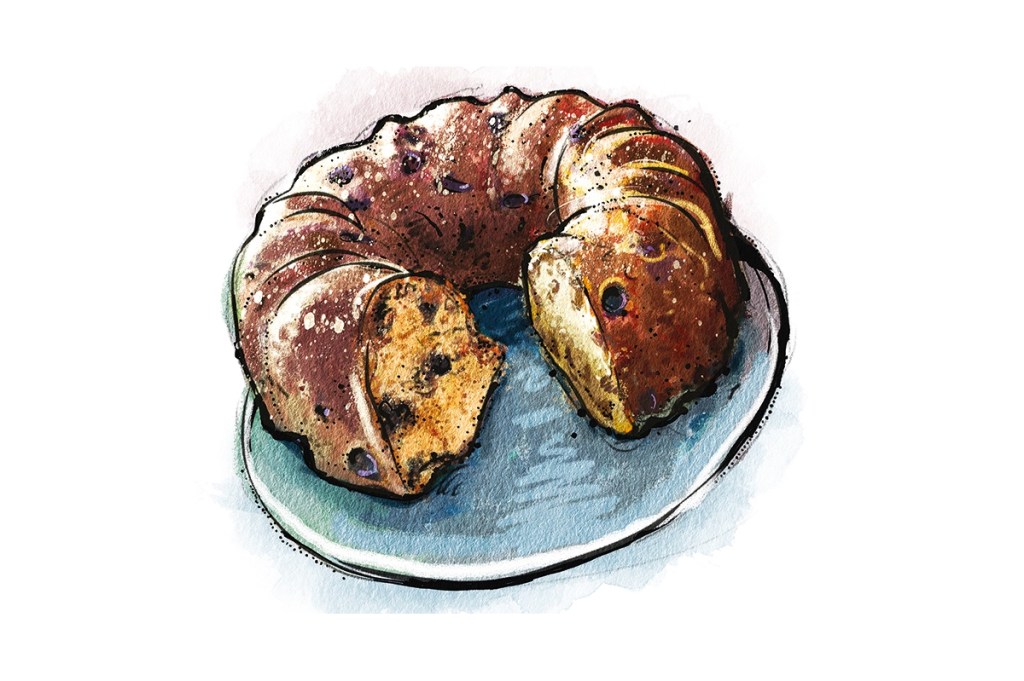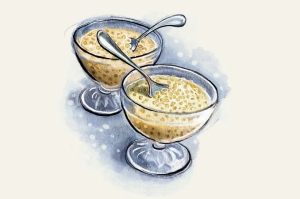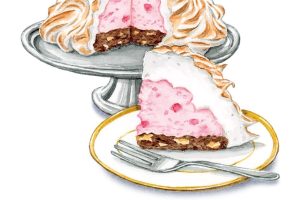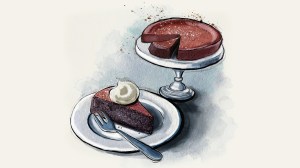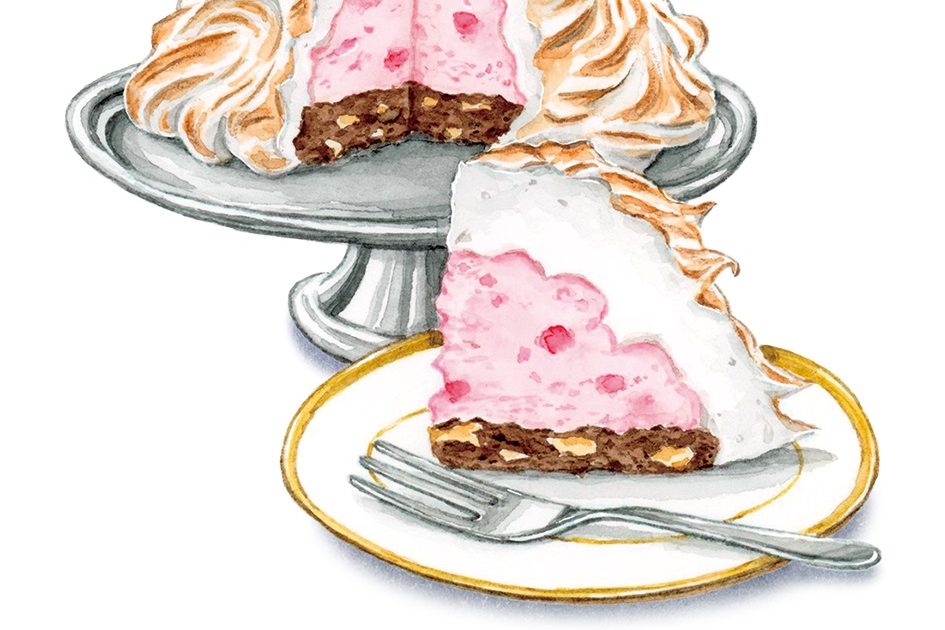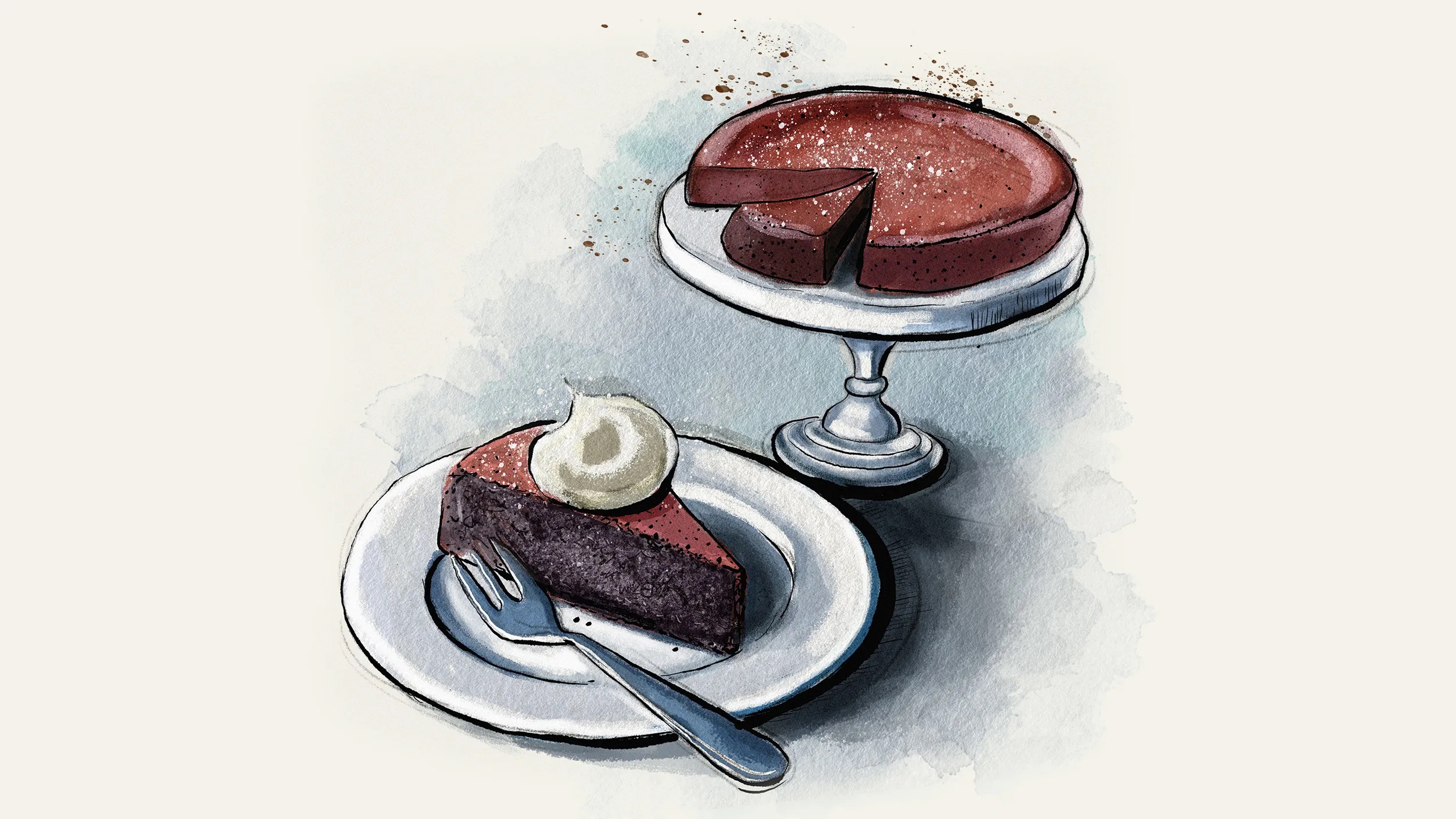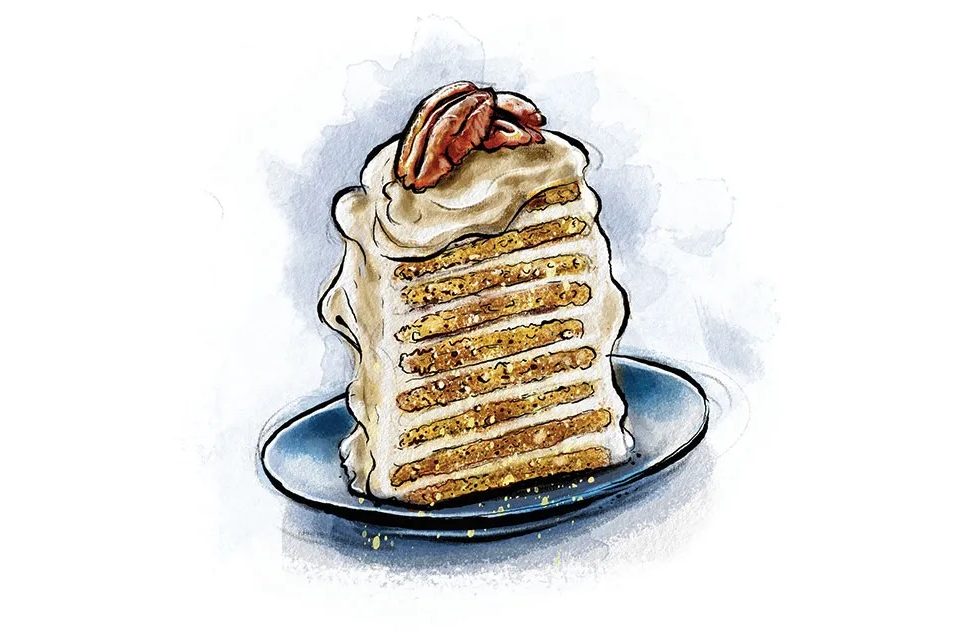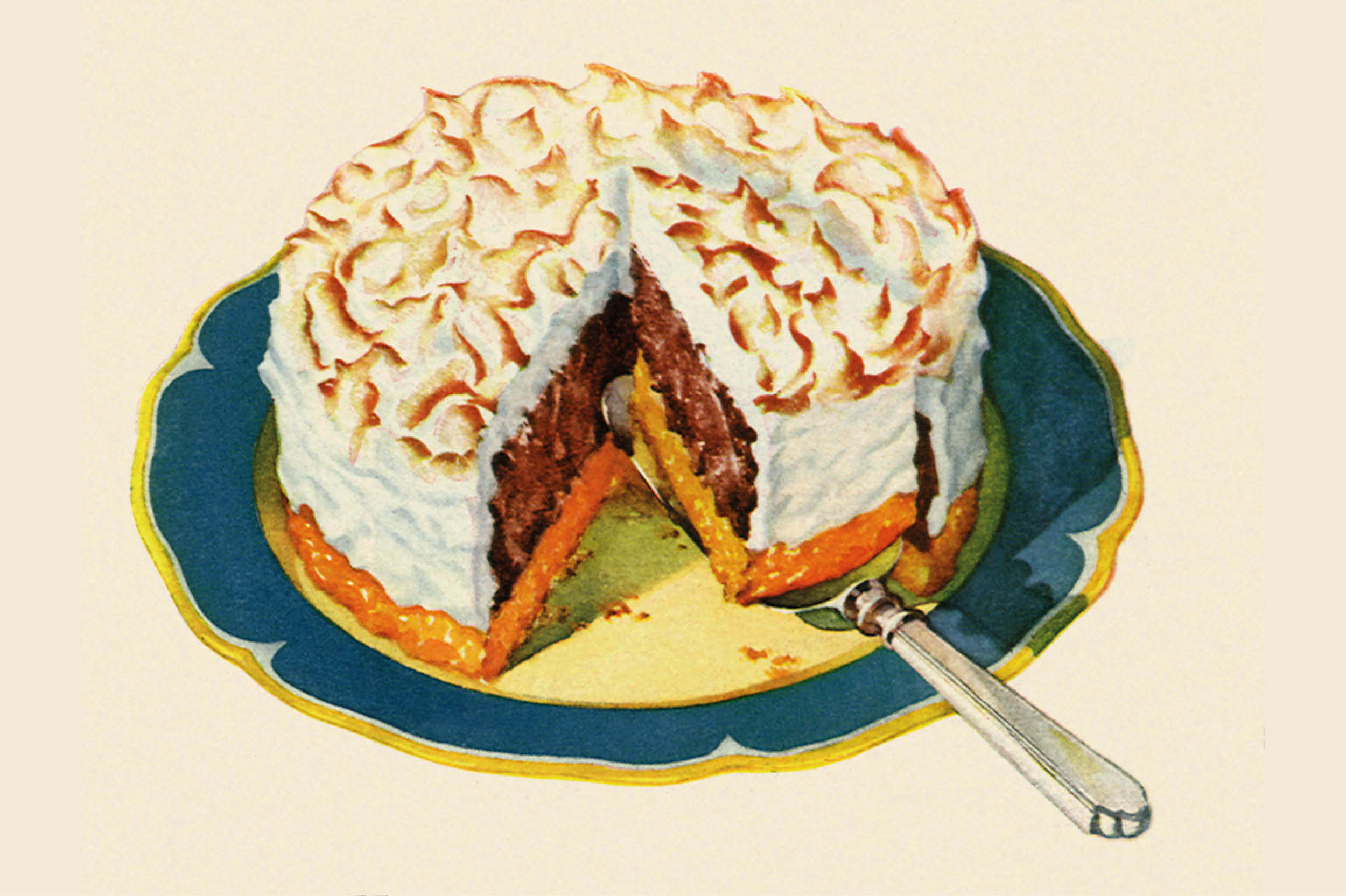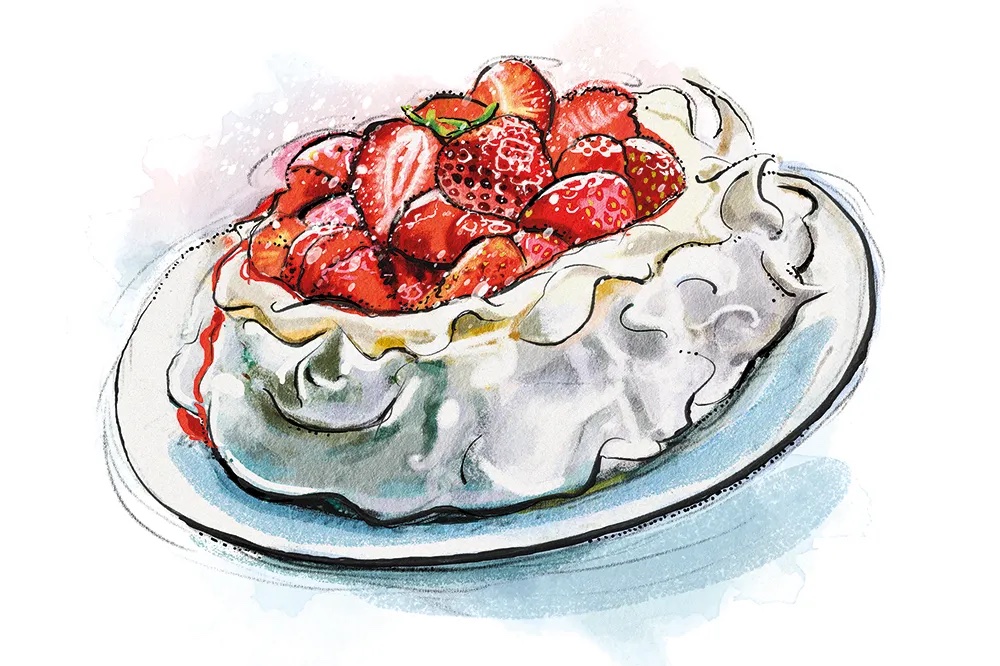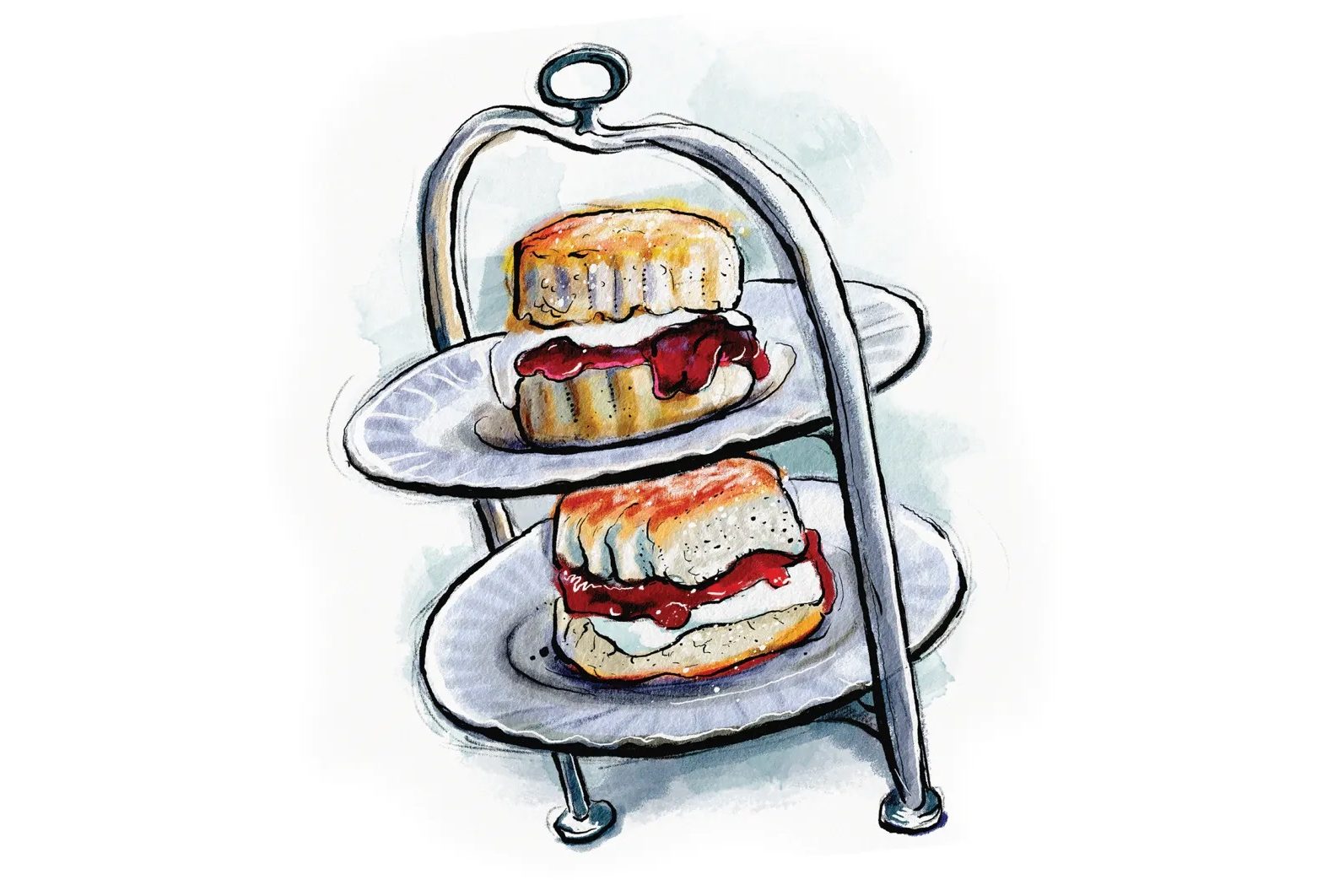Yeast scares even some of the most proficient cooks. I know home cooks and professionals alike, food writers and fanatics, who wouldn’t think twice about deboning a duck or rustling up a feast for fourteen, who quail the moment they hear the word “yeast.” I understand the trepidation: yeast is a living thing and, as such, capricious and unpredictable. Its behaviour is influenced by the season, the warmth, the humidity and how it is handled. Put like that, it sounds quite relatable, doesn’t it?
Despite its intimidating reputation, yeast is actually pretty good at showing us what’s going on: it visibly inflates the dough or batter before cooking. And if the mixture hasn’t yet grown, it often just needs more time. This is an exercise in patience and trust.
Generally, we think of yeasted doughs as being breads, and those using chemical raising agents (baking powder, bicarb) as cakes. This isn’t always the case: some loaves and cakes blur the lines. Soda bread is made by combining bicarbonate of soda with an acidic ingredient like buttermilk to cause a fast rise in the oven which doesn’t need proving; it has a different texture to yeasted bread, and can be quite sweet, almost cake-like. Polish babka and Italian panettone are yeasted and generally considered breads, even though they contain chocolate or candied peel or are soaked in heavy syrup.
Before baking powder was invented in the nineteenth century by Alfred Bird (of Bird’s custard fame), yeast was often used to leaven cakes. Other methods required serious elbow grease: billowing eggs up into foamy clouds and then carefully folding them in so as not to undo your hard work, for example. Far from being the masochistic cake-maker’s choice, a yeasted cake was the easy option.
Received wisdom is that enriched doughs are trickier, even more mercurial than their simpler cousins, because the fats and sugars complicate matters by inhibiting the yeast and preventing gluten development. But actually, when it comes to yeasted cakes, things are a little more straightforward. We’re not looking for gluten development here, but rather a tender, soft crumb. So if you’re nervous about baking with yeast, cakes are a surprisingly reassuring place to start.
Kugelhopf is a yeasted cake baked in a patterned ring pan, traditionally in a specific ceramic mold, taller and narrower than a bundt tin. It is probably most strongly associated with Alsace, but versions of it have been made across central Europe for hundreds of years, with the earliest written recipe from 1581 in Ein new Kochbuch by Marx Rumpolt, the chef to the archbishop of Mainz in Germany, where it is referred to as “hat cake.”
Kugelhopf sits exactly between bread and cake. It is enriched with eggs and butter and just a little sugar, a bit like a brioche, with much of its sweetness coming from the raisins and candied peel scattered through the dough. It is made with plain flour, and only kneaded for a short time, so it is soft and crumbly. The decoration is minimal: no icing, no buttercream. A handful of almonds are placed in the creases of the mold, so that when the cake is turned out they sit like crazy paving around the top of the kugelhopf, under a light dusting of icing sugar.
As always with yeasted dough, be led by your dough not by my timings. (In my kitchen, which is freezing, the proving time is often significantly longer than recipes indicate.) Proved dough should be light and pillowy, and when you press it gently with a finger, it should hold the indent but not collapse. A bundt tin works perfectly well as a substitute for a proper kugelhopf mold — if you are lucky enough to have the real thing, you may need to cook it for another ten minutes, just to ensure it is fully baked all the way through.
Kugelhopf’s gentle, bready sweetness makes it perfect for breakfast and a vehicle for thick, salted butter. It is best on the day it is baked, but it toasts well, and, despite its cake credentials, also makes excellent French toast or eggy bread.
Takes 40 mins, plus three hours proving time
Bakes 30-40 mins
- 5⅓ oz raisins
- 1⅔ oz brandy or rum
- 4½ oz whole milk
- ¼ oz dried yeast
- 1¾ oz caster sugar
- 10½ oz + 1 tbsp plain flour
- 2 eggs
- 1 tsp fine salt
- 4½ oz softened butter (plus extra for greasing)
- 1¾ oz candied peel, finely chopped
- 20 whole, skin-on almonds
- Place raisins in the brandy or rum in a small pan, bring up to a simmer, remove from the heat, and set to one side while you make the dough
- Heat milk until it is just warm to the touch, and add the yeast and a tablespoon of the sugar, set to one side for ten minutes until it is frothy
- In a stand mixture with a dough hook, combine the 10½ oz flour, the rest of the sugar, the salt, and the eggs with the yeast and milk mixture until a dough forms
- Add the softened butter slowly until it is combined with the dough, then cover the dough and leave in a warm place to prove until doubled in size (about two hours)
- Thoroughly butter the tin, greasing every crevice, and then dust with 1 tbsp flour, tapping out any excess. Place a whole almond in the base of each groove in the tin
- Once proved, punch the dough to knock the air out of it, drain any excess liquid from the raisins, and fold the raisins and chopped peel through the dough
- Place the dough in the tin, cover and leave to double in size again (about one hour)
- Preheat oven to 175°C, then bake for 30-40 minutes until the kugelhopf is risen, golden and firm. Leave to cool for ten minutes before turning out. Dust with icing sugar and serve
This article was originally published in The Spectator’s UK magazine. Subscribe to the World edition here.



